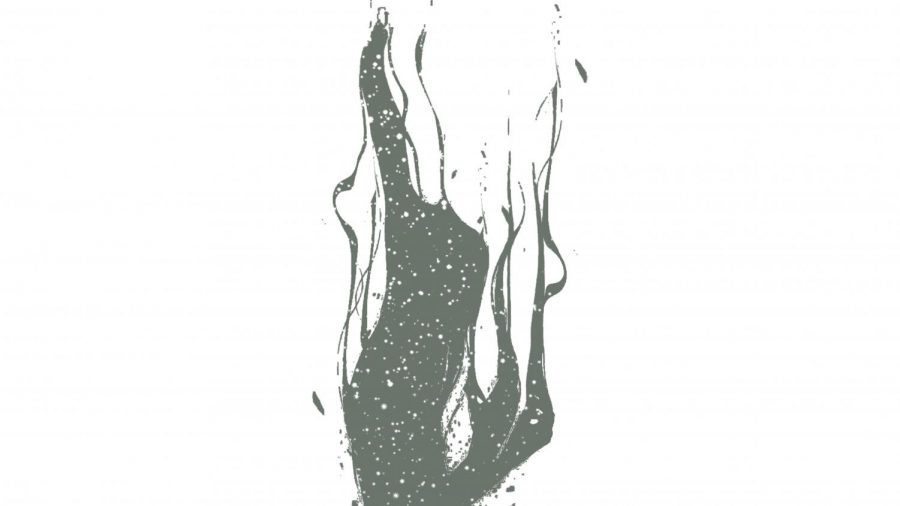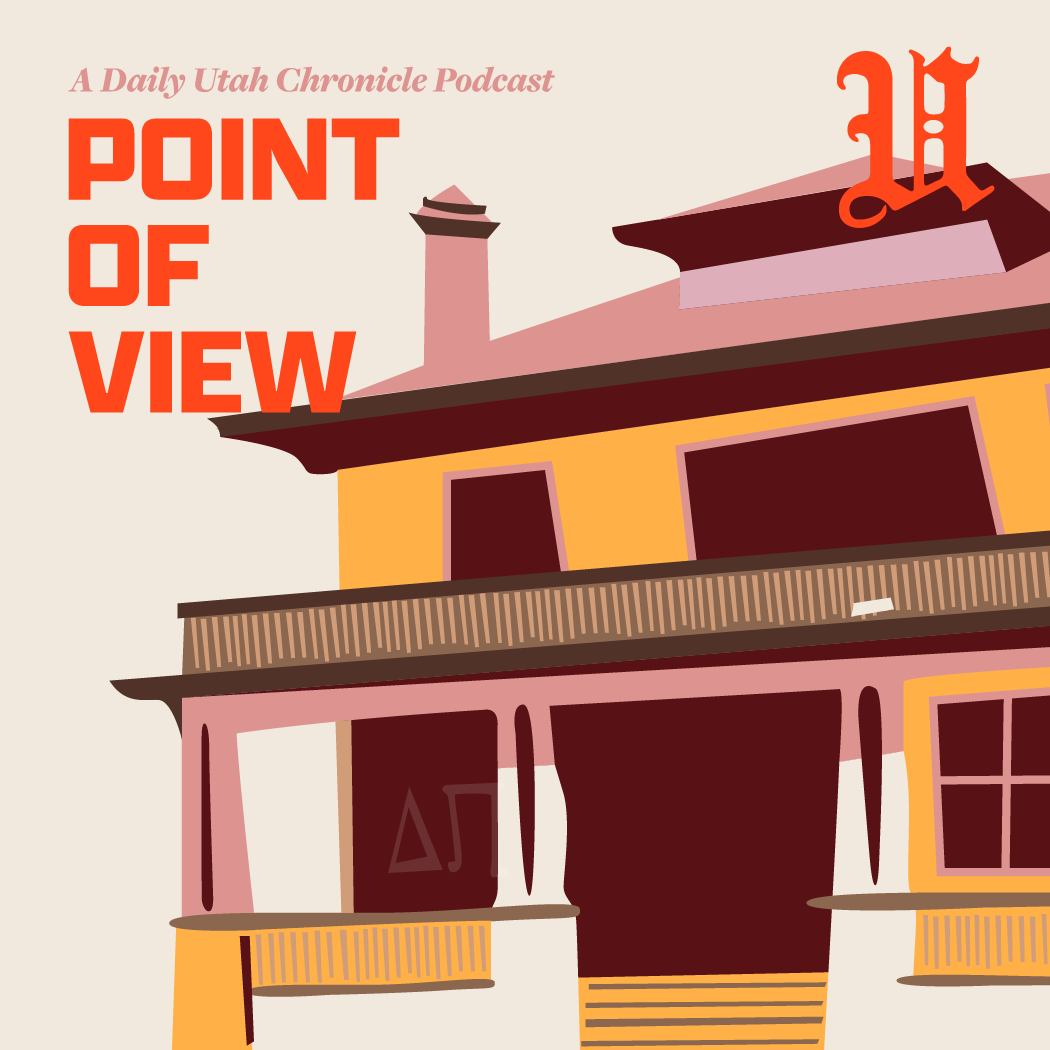Utah Winters: Snow, Skiing, and Smog — Oh My!
January 22, 2020
Utah winters can mean snow and skiing, cold weather days and big jackets — but they also bring bad air quality.
Inversions are actually a normal thing. The issue with inversions lies in the fact that there now are close to 2 million people polluting the air in the valley. This means on cold days, the pollution particles are less likely to mix up into the atmosphere and, instead, these particles pool in the valley because the cold air traps them there.
“It’s the perfect setup for a big pollution trap,” said Andrew Freeman, assistant professor at the University of Utah in the division of pulmonary critical care medicine.
Bad air quality means more than a foggy-looking sky — the pollution can have adverse effects on health as well. While everyone can be affected, the youngest and oldest populations are often most susceptible to harm. Additionally, it can worsen and/or promote asthma, even triggering asthma attacks, chronic obstructive pulmonary disease and vascular effects that increase the risk of heart attacks.
“The short term events can be pretty traumatic, in sort-of triggering airway and breathing problems, but also heart and cardiovascular problems,” Freeman said.
According to Chris Reilly, associate director of the Center for Human Toxicology, there are many studies that show it can hurt developing fetuses, immune system responses and cognitive development.
“There are some interesting data related to socioeconomic status due to poorer people often living in more polluted areas near roadways and industrial operations,” Reilly said. Although it may hit low-income populations the hardest, the poor air quality is a problem for all classes. Freeman said that he sees a spike in the number of visits for acute bronchitis in periods after the inversions occur.
“Personally, I can feel when I get one of those bad ones setting in. I don’t have any lung problems chronically, like that, but you definitely notice,” he said.
Utah Public Health for a Healthy Environment compared the air pollution typical of winter inversions as equivalent to smoking half a pack of cigarettes a day.
“The first thing I tell people is to be preemptive,” Freeman said.
He said to check the air quality on the website for Utah Department of Environmental Quality and on the days of red and orange air quality, try to limit outdoor exposure.
“Walking on campus between classes is not a huge exposure,” Freeman said, “but don’t pick an orange or a red day to go for a jog in the afternoon because breathing heavy exposes you to a lot more pollution.”
He also said to take other small precautions such as turning on the recycled air filter in a car and possibly wearing an N-95 respirator mask. He said that a basic surgical mask does not do much to protect individuals from pollution.
The main cause of air pollution in Utah is cars and other types of transportation which account for around a third of the state’s pollution, according to Kevin Perry, Chair Department of Atmospheric Sciences at the U.
“There is no silver bullet, no one solution to solving the issue,” he said.
Reilly said the best thing people can do is to reduce the use of gasoline, diesel and wood fuels, reduce resource consumption and waste generation and stop wasting energy. Essentially, to stop burning things.
Things that have helped improve air quality in the past couple of years have been more efficient cars, federal regulations and local industries investing in cleaning the air.
“Most people are surprised to learn that the air quality has gotten better over the last 30 years,” Perry said.
He also said that taking public transportation, such as Trax and the FrontRunner, can help reduce pollution and that the U’s contribution to pollution is significantly reduced through the use of these services.
“Air quality in Utah is mainly a winter problem,” Reilly said. “We range from some of the best air quality on a somewhat regular basis to very bad at times. Here we tend to capture effects that are triggered by bad events more than a constant effect.”
However, he also emphasized the importance of constantly working to reduce the amount of pollution that a person creates through using more efficient ways of routine travel, more efficient lighting and energy sources and reducing the waste of resources that have an enormous carbon footprint associated with production.
“We need to stop thinking that air pollution is only an issue when we see that it is bad. We can all do our part, but it will not be easy to change who we are and what we do as creatures of habit…living in a densely populated valley prone to trapping pollution.”








